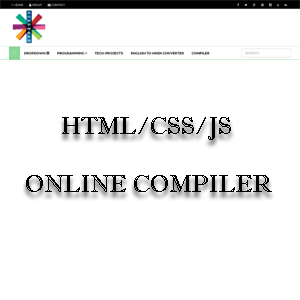How to Mapping code logic using Stream API
Stream API in Java provides a powerful way to work with collections and other data sources.
Mapping is one of the key operations available in the Stream API, used to transform elements of a stream. Here's a step-by-step guide on how to use the map
function with the Stream API:
Import Required Classes :
Import Required Classes :
First, make sure to import the necessary classes:
import java.util.Arrays;
import java.util.List;
import java.util.stream.Collectors;
import java.util.stream.Stream;
You can create a stream from various sources, like collections, arrays, or generator functions. For example, creating a stream from a list:
List names = Arrays.asList("a14mk", "manoj", "Jack");
Use the map function to transform each element of the stream. For instance, to convert each name to uppercase:
Stream upperCaseNames = nameStream.map(String::toUpperCase);
Finally, you can collect the transformed stream back into a list or another collection:
List upperCaseNameList = upperCaseNames.collect(Collectors.toList());
Here’s a complete example demonstrating how to use the map function with the Stream API:
Mapping with Complex Objects:
If you are working with a list of objects, you can use the map function to transform specific fields or create new objects. For example:
In this example, the map function is used to extract the names from a list of Person objects.
Subscribe to:
Post Comments
(
Atom
)





No comments :
Post a Comment
Please Write a Message for Programming or something else 🙏